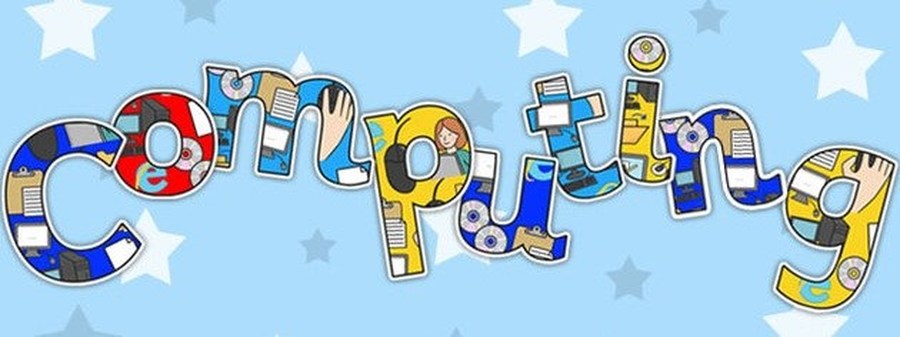Key stage 1
Pupils should be taught to:
• understand what algorithms are, how they are implemented as programs on digital devices, and that programs execute by following precise and unambiguous instructions
• create and debug simple programs
• use logical reasoning to predict the behaviour of simple programs
• use technology purposefully to create, organise, store, manipulate and retrieve digital content
• recognise common uses of information technology beyond school
• use technology safely and respectfully, keeping personal information private; identify where to go for help and support when they have concerns about content or contact on the internet or other online technologies
Key stage 2
Pupils should be taught to:
• design, write and debug programs that accomplish specific goals, including controlling or simulating physical systems; solve problems by decomposing them into smaller parts
• use sequence, selection, and repetition in programs; work with variables and various forms of input and output
• use logical reasoning to explain how some simple algorithms work and to detect and correct errors in algorithms and programs
• understand computer networks, including the internet; how they can provide multiple services, such as the World Wide Web, and the opportunities they offer for communication and collaboration
• use search technologies effectively, appreciate how results are selected and ranked, and be discerning in evaluating digital content
• select, use and combine a variety of software (including internet services) on a range of digital devices to design and create a range of programs, systems and content that accomplish given goals, including collecting, analysing, evaluating and presenting data and information
• use technology safely, respectfully and responsibly; recognise acceptable/unacceptable behaviour; identify a range of ways to report concerns about content and contact

